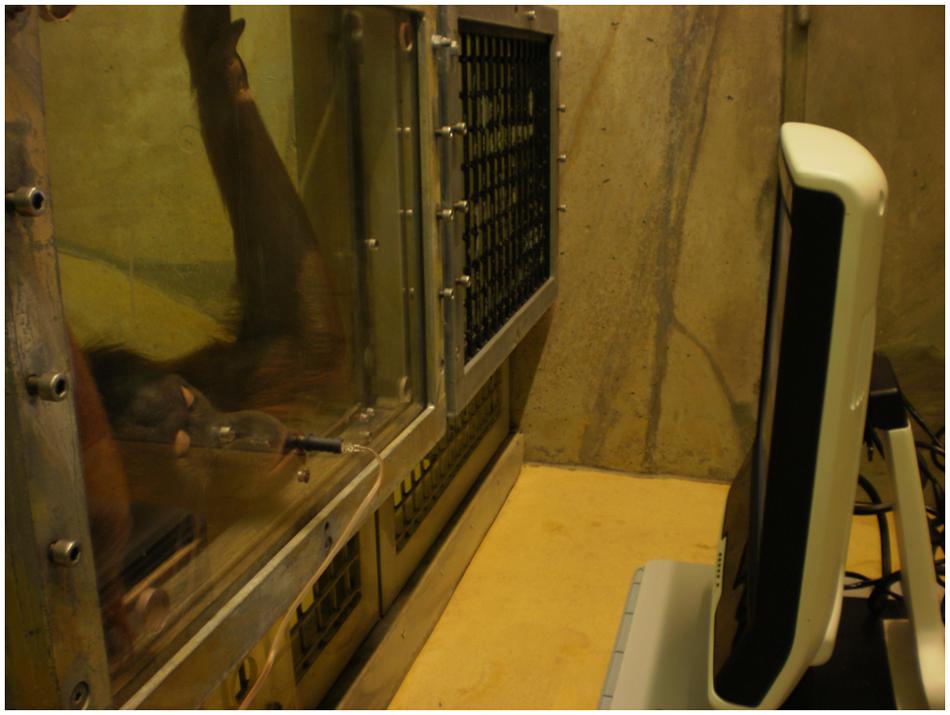Authors: Cordelia Mühlenbeck, Katja Liebal, Carla Pritsch and Thomas Jacobsen
Abstract
Symmetric structures are of importance in relation to aesthetic preference. To investigate whether the preference for symmetric patterns is unique to humans, independent of their cultural background, we compared two human populations with distinct cultural backgrounds (Namibian hunter-gatherers and German town dwellers) with one species of non-human great apes (Orangutans) in their viewing behavior regarding symmetric and asymmetric patterns in two levels of complexity. In addition, the human participants were asked to give their aesthetic evaluation of a subset of the presented patterns. The results showed that humans of both cultural groups fixated on symmetric patterns for a longer period of time, regardless of the pattern’s complexity. On the contrary, Orangutans did not clearly differentiate between symmetric and asymmetric patterns, but were much faster in processing the presented stimuli and scanned the complete screen, while both human groups rested on the symmetric pattern after a short scanning time. The aesthetic evaluation test revealed that the fixation preference for symmetric patterns did not match with the aesthetic evaluation in the Hai//om group, whereas in the German group aesthetic evaluation was in accordance with the fixation preference in 60 percent of the cases. It can be concluded that humans prefer well-ordered structures in visual processing tasks, most likely because of a positive processing bias for symmetry, which Orangutans did not show in this task, and that, in humans, an aesthetic preference does not necessarily accompany the fixation preference.
Dieser Artikel ist erschienen in: Mühlenbeck, C., Liebal, K., Pritsch, C., & Jacobsen, T. (2016). Differences in the visual perception of symmetric patterns in orangutans (Pongo pygmaeus abelii) and two human cultural groups: a comparative eye-tracking study. Frontiers in Psychology, 7, 408. Um den Artikel zu zitieren, nutzen Sie bitte diese Referenz. Den vollständigen Artikel erhalten Sie hier: symmetric patterns.

Setting in the Orangutan observation room. An adult female Orangutan is watching the eye-tracker while drinking juice.

Gaze distribution for all participants on simple (A) and complex (B) stimulus. In the simple stimulus the left pattern is symmetric, in the complex stimulus the right pattern is symmetric. Red dots represent the gaze points of the Hai//om, green dots the gaze points of the Germans and blue the gaze points of the Orangutans. The size of the points stays for their duration – the longer the duration the larger the points.